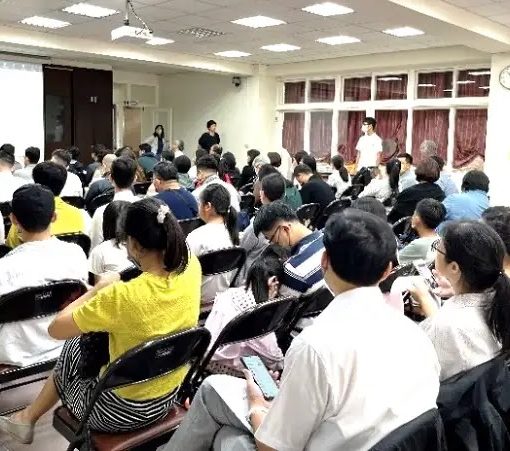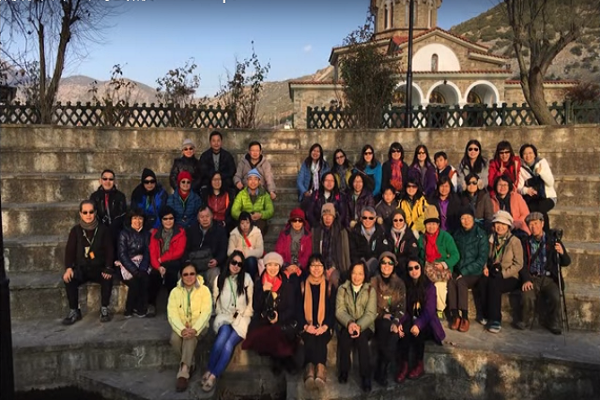『…這事以後,耶和華指給我看,有兩筐無花果,放在耶和華的殿前。一筐是極好的無花果,好像是初熟的;一筐是極壞的無花果,壞得不可喫。』(耶利米書24:1,2)
『那地有小麥、大麥、葡萄樹、無花果樹、石榴樹;那地有出油的橄欖樹,有蜜。』(申命記8:8)
在聖經中,無花果樹是以色列國的象徵 (耶24:1,2)。另外,它也是以色列七種神聖作物之一,表徵基督作生命供應的甘甜與滿足 (申8:8, 士9:11)。無花果栽培歷史已超過五千多年,其花生長於果內為其特徵,故因外觀見果不見花而得名;樹葉寬大,亞當和夏娃吃了善惡知識樹的果子之後,便拿無花果樹的葉子,為自己編作裙子。(創3:7)
無花果營養豐富,在古希臘,無花果被當成奧林匹克運動員訓練時必吃的水果,又有「生命之果」的美稱。可新鮮吃或曬乾了吃,或做成果醬、糕點,也可當作中藥材。無花果含大量的醣類、維生素、礦物質、膳食纖維等,具有抗發炎、消水腫、促進消化、抗癌、降血壓及降血糖、潤腸通便等功效。
Jeremiah 24:1-2: “Jehovah showed me, and there were two baskets of figs placed before the temple of Jehovah…One basket had very good figs, like first ripe figs, but the other basket had very bad figs, which could not be eaten because of their rottenness.”
Deuteronomy 8:8: “A land of wheat and barley and vines and fig trees and pomegranates; a land of olive trees with oil and of honey”.
In the Bible, the fig tree is the symbol of the nation of Israel (Jer. 24: 1,2). It is also one of the seven sacred species in Israel, symbolizing the sweetness and contentment of Christ as our life supply (Deut. 8: 8, Judg. 9:11). Figs have been cultivated for more than 5,000 years. Its flowers grow inside the fruit, making the flowers invisible from the outward appearance. The leaves are wide. After Adam and Eve ate the fruit of the tree of knowledge of good and evil, they sewed fig leaves together and made loincloths for themselves (Gen 3: 7).
Figs are rich in nutrition. In ancient Greece, figs were regarded as the must-eat fruits for Olympic athletes during training, also known as “fruits of life”. It can be eaten fresh or dried, or made into jams and pastries. Figs are a rich source of dietary fiber, vitamins and minerals, and have anti-inflammatory and anti-cancer effects.
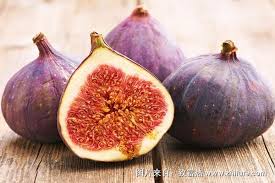
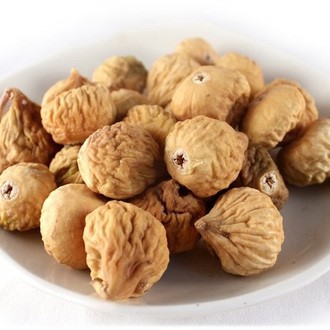

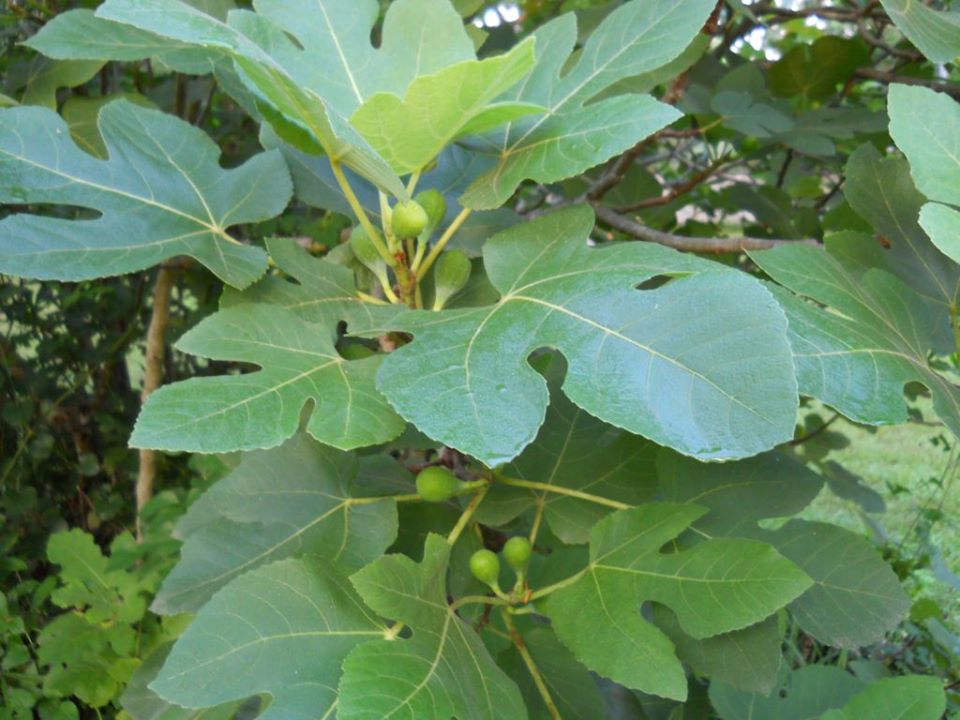
Source: https://www.facebook.com/kokiahouse/posts/2414624178792075
